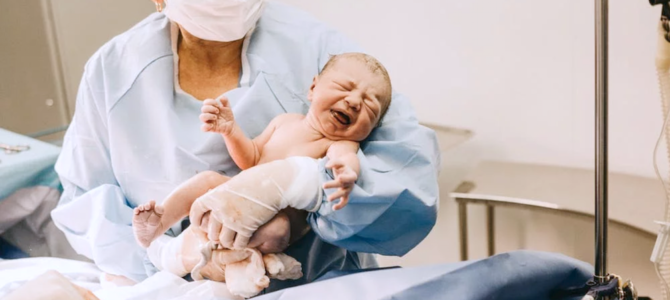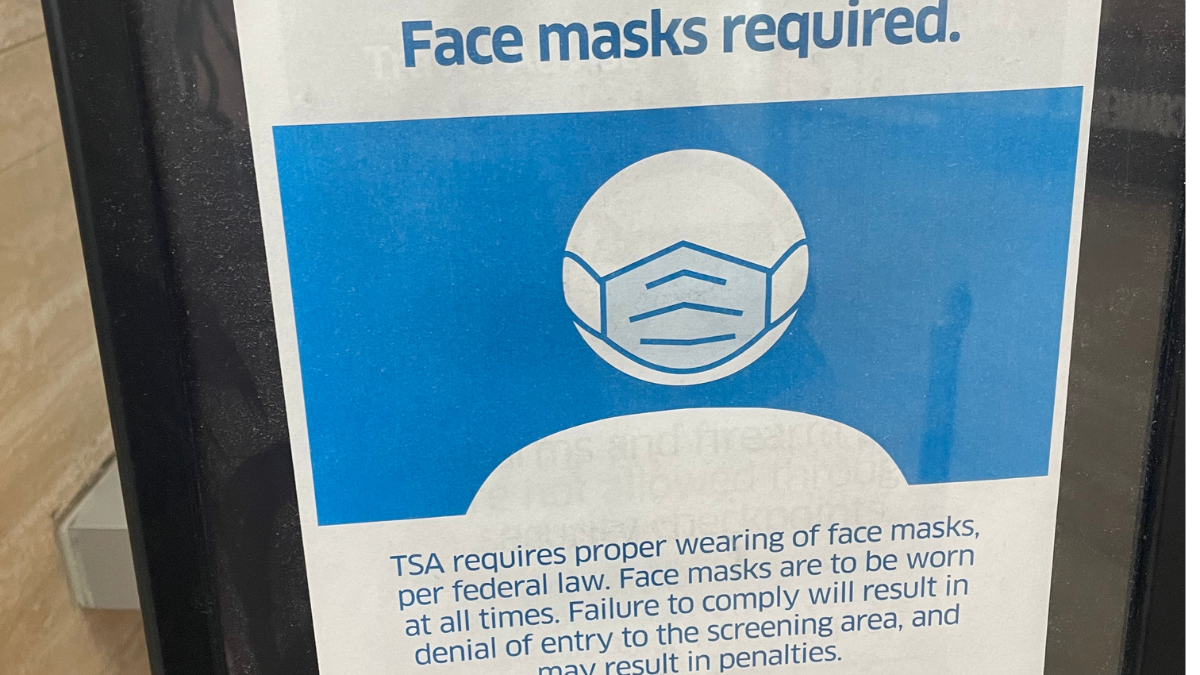
Robyn Ross received the call on a Friday. With COVID-19 patients threatening to overwhelm the nation’s hospitals, her OB-GYN would be transferring to virtual appointments. “For how long?” Ross asked. For the foreseeable future.
Due to deliver April 24 at Fort Belvoir Community Hospital, where Virginia’s first COVID-19 case was quarantined in early March, Ross’ plan for birth care is now riddled with uncertainty.
Hospitals around the nation have employed quick-response crisis policies, with visitor restrictions in most major metropolises. The decision in major hospital systems across the nation, including New York-Presbyterian, Central Illinois, Central Texas, and all San Francisco hospitals, to eliminate visitors has extended to women in labor who now have no right to a support person, to include even a partner, spouse, or family member.
‘Essential’ Support
In its Safe Childbirth Checklist, the World Health Organization describes a birth companion as essential to improving health outcomes for women in labor, as determined through evidence-based studies.
But the Centers for Disease Control and Prevention’s most recent guidance on inpatient obstetric health care settings recommends limiting essential support personnel to those trained in infection control, excluding most childbirth companions. This applies to doulas, who are now losing their ability to support women in labor, creating a potential threat to women’s health.
On March 12, the Association of Women’s Health, Obstetric and Neonatal Nurses (AWHONN) published a press release informing medical personnel, “Doulas are not visitors and should not be blocked from caring for patients in the antepartum, intrapartum and postpartum period. Most doulas have been contracted by patients weeks to months ahead of time and have established provider relationships. They are recognized by AWHONN and ACOG as essential personnel and part of the maternity care team.”
But AWHONN later updated its statement to comply with evolving CDC guidelines, even though it has been medically established that birth has better outcomes for mother and baby with dedicated assistance such as a doula.
Evolving Recognition
Lori Stillwagon has attended the births of more than 500 clients and is trained in natural birth education, doula work, and midwifery through her practice, BirthPartners Birth Assisting, a midwifery birth-assistant team serving the D.C. metro area.
“When I started attending births in 1991, nurses were somewhat supportive of my presence since they could see that I was helpful, but often medical staff would try to push interventions on my clients against their wills,” Stillwagon said. “My presence was often seen as a threat. Thankfully, today … doulas are generally welcomed as a part of the team. The doula is completely educated and experienced in helping mama to be comfortable in labor, to have a functional labor, and to get the physical needs met. The nurses are there in a clinical role and often have to manage several clients at once.”
The medical staff performs clinical tasks, but Stillwater says she is solely committed to the pregnant woman and her birth desires and needs.
“In the beginning, doulas were often viewed with suspicion and sometimes as an adversary who was trying to undermine the care providers,” said Marilyn Alger, a doula and midwife birth assistant in practice since 1993. “Over time, doulas have been accepted and are now considered to be a respected and important part of a mothers’ birth plan.”
Freeing Up Care
The American Hospital Association has estimated that nearly 1 million people will need ventilators as the pandemic runs its course. Patients suffering more acute symptoms of COVID-19 could outstrip the number of available beds in hospitals, as countries like Italy have experienced.
The growing demand for beds and life-saving equipment is unprecedented, and doula care, proven to reduce the rate of surgical procedures of women in labor, may prove a stronghold against long-term postpartum care. Trained in positioning and natural pain management measures, efforts that can reduce clinical care, doula care also alleviates the burden on medical personnel.
DONA International’s updated guidance for doula care March 12 proposed a team approach to bolster women’s care during the crisis, a “time for collaboration with clinical care teams.” Most nurses are relieved to see a doula with a pregnant couple, recognizing that a collaborative care team lifts a nurse’s workload and ensures patients have a better experience, Alger said.
“Our nurses are spread too thin already, and women with doulas help the nurses by being a set of experienced eyes and ears ready to pitch in to do non-clinical tasks that will free them up to attend to other patients,” Alger added. “With COVID-19, we are more vital than ever.”
Curbing Maternal Mortality
According to the World Health Organization, “Of the more than 130 million births occurring each year, an estimated 303,000 result in the mother’s death, 2.6 million in stillbirth, and another 2.7 million in a newborn death within the first 28 days of birth. The majority of these deaths occur in low-resource settings and most could have been prevented.”
The presence of doulas in communities where high numbers of women of color are served could significantly reduce the mortality rate, Alger said. A doula’s presence significantly reduces the need for medical interventions, Stillwagon said, including cesarean sections.
Most women are discharged from the hospital less than 48 hours after vaginal births with no follow up care for six weeks. Doulas and birth assistants in Stillwagon’s practice typically attend day-one and day-three follow-up visits to ensure postpartum health and stability.
As for Robyn Ross, the unknowns and changing guidelines create a source of stress as she looks ahead to her delivery in the next month. “I know my doula is staying in touch with me to understand the specific policies for my hospital, as well as how she can support my husband and I through virtual means, but I do feel like my safety net and personal calming source is no longer able to do 100 percent of her job.”









